The monumental Temple of Man represents the most important breakthrough in our understanding of Ancient Egypt since the discovery of the Rosetta stone. This exhaustive and authoritative study reveals the depths of the mathematical, medical, and metaphysical sophistication of Ancient Egypt. Schwaller de Lubicz´s stone-by-stone survey of the temple of Amun-Mut-Khonsu at Luxor allows us tu step into the mentality of Ancient Egypt and experience the Egyptian way of thingking within the context of their own worldview. His study finds the temple to be an eloquent expression and summary-an architectural encyclopedia-of what the Egyptians knew of humanity and the universe. Through a reading of the temple´s measures and proportions, its axes and orientations, and the symbolism and placement of its bas-reliefs, along with the accompanying studies of related medical and mathematical papyri, Schwaller de Lubicz demonstrates how advanced the civilisation of Ancient Egypt was, a civilization that possessed exalted knowledge and achievements both materially and spiritually. In so doing, Schwaller de Lubicz effectively demonstrates that Ancient Egypt, not Greece, is at the base of Western science, civilization, and culture. To understand the temple of Luxor, twelve years of field work were undertaken with the utmost exactitude by Schwaller de Lubicz on collaboration with French archaelogist Clement Robichon and the respected Egyptologist Alexandre Varille. From this work were produced over 1000 pages of text and proofs of the sacred geometry of the temple and 400 illustrations and photographs that make up The Temple of Man. The Temple of Man is a monument to inspired insight, conscientious scholarship, and exacting archaelogical groundwork that represents a major contribution to humanity´s perennial search for self-knowledge and the prehistoric origins of its culture and science.
Inner Traditions, 1998 1048lk hardback
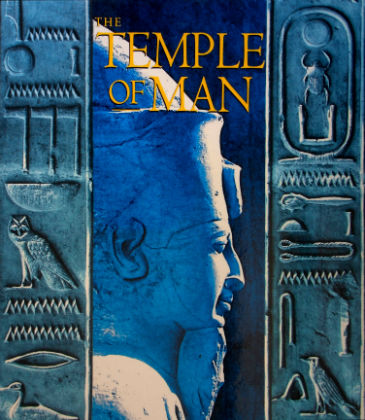
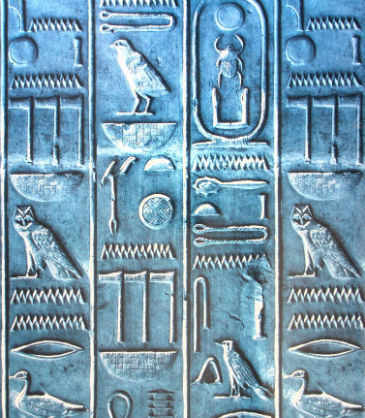

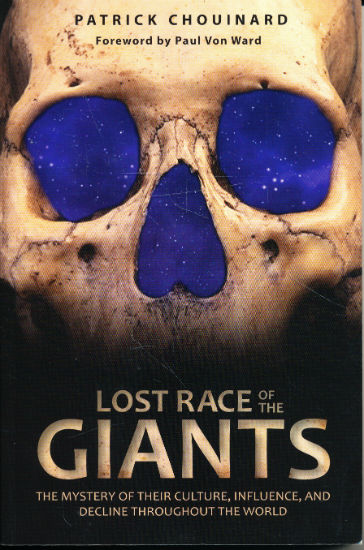
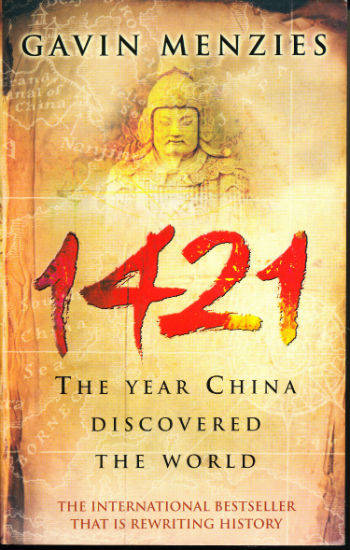



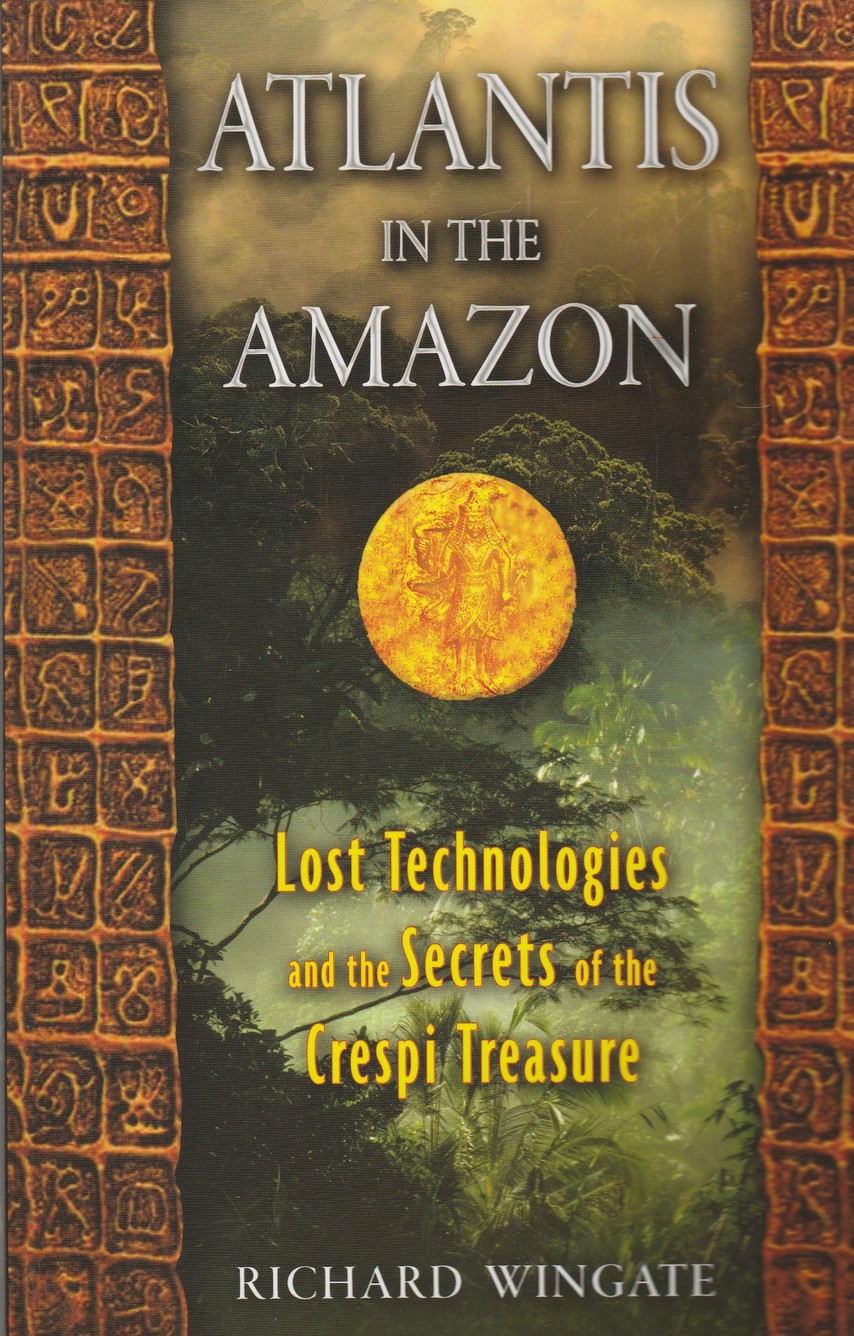


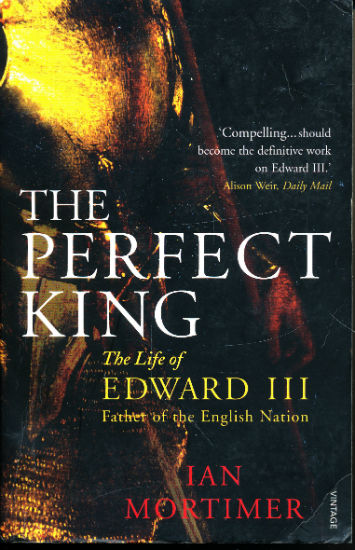
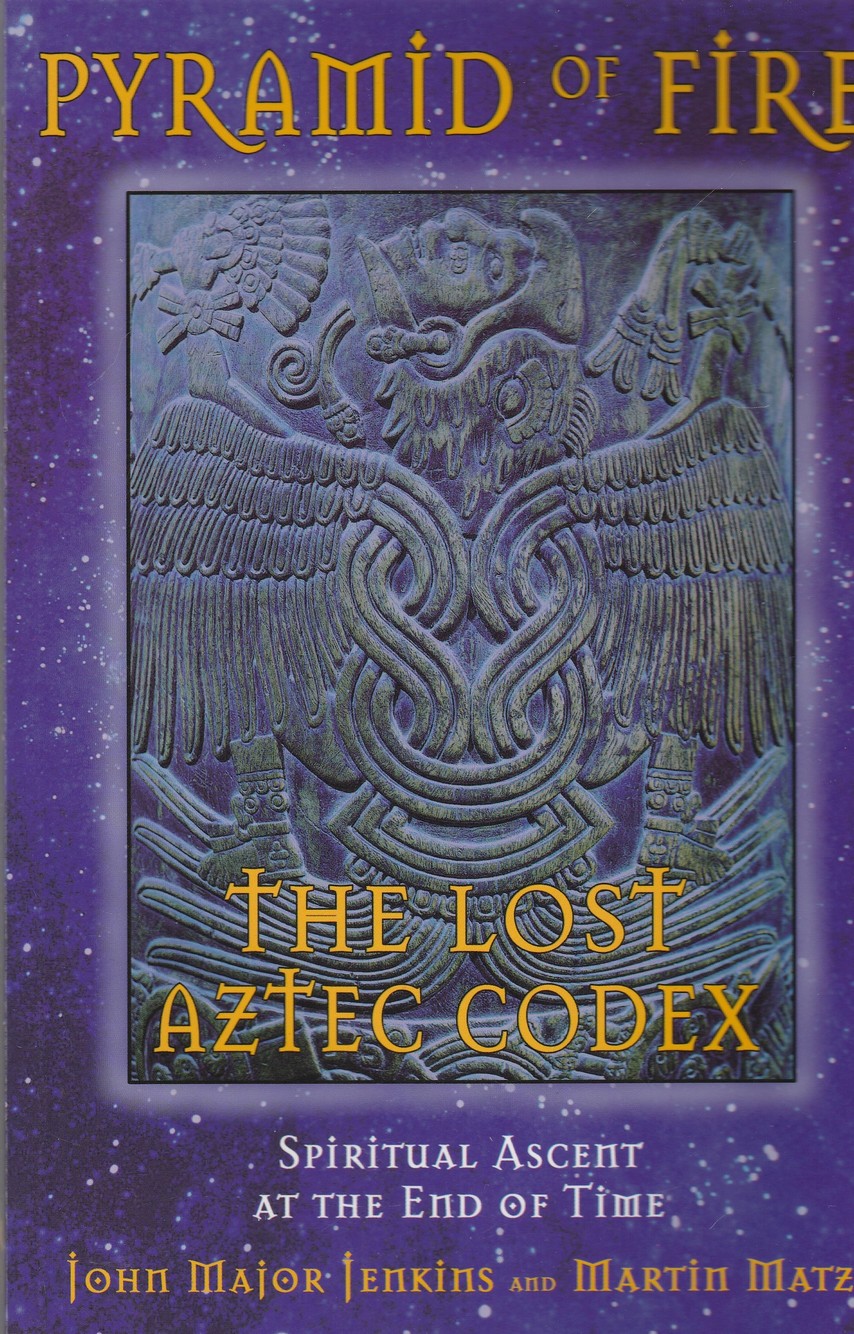

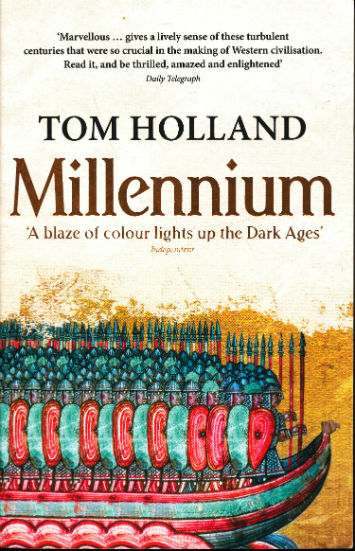
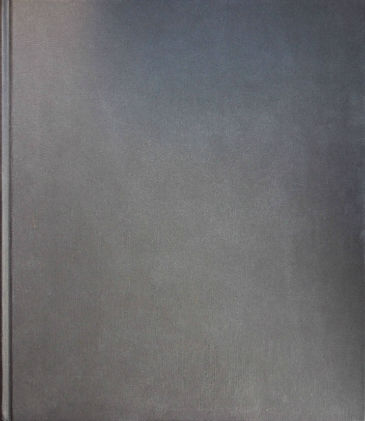
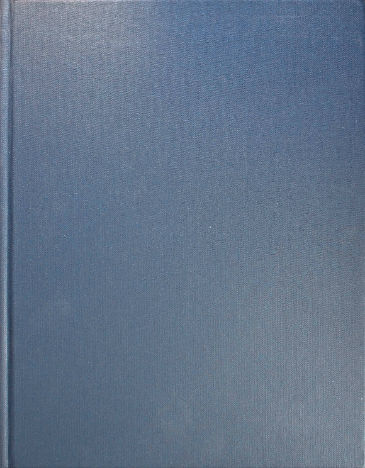





Ülevaated
Pole ühtegi ülevaadet.